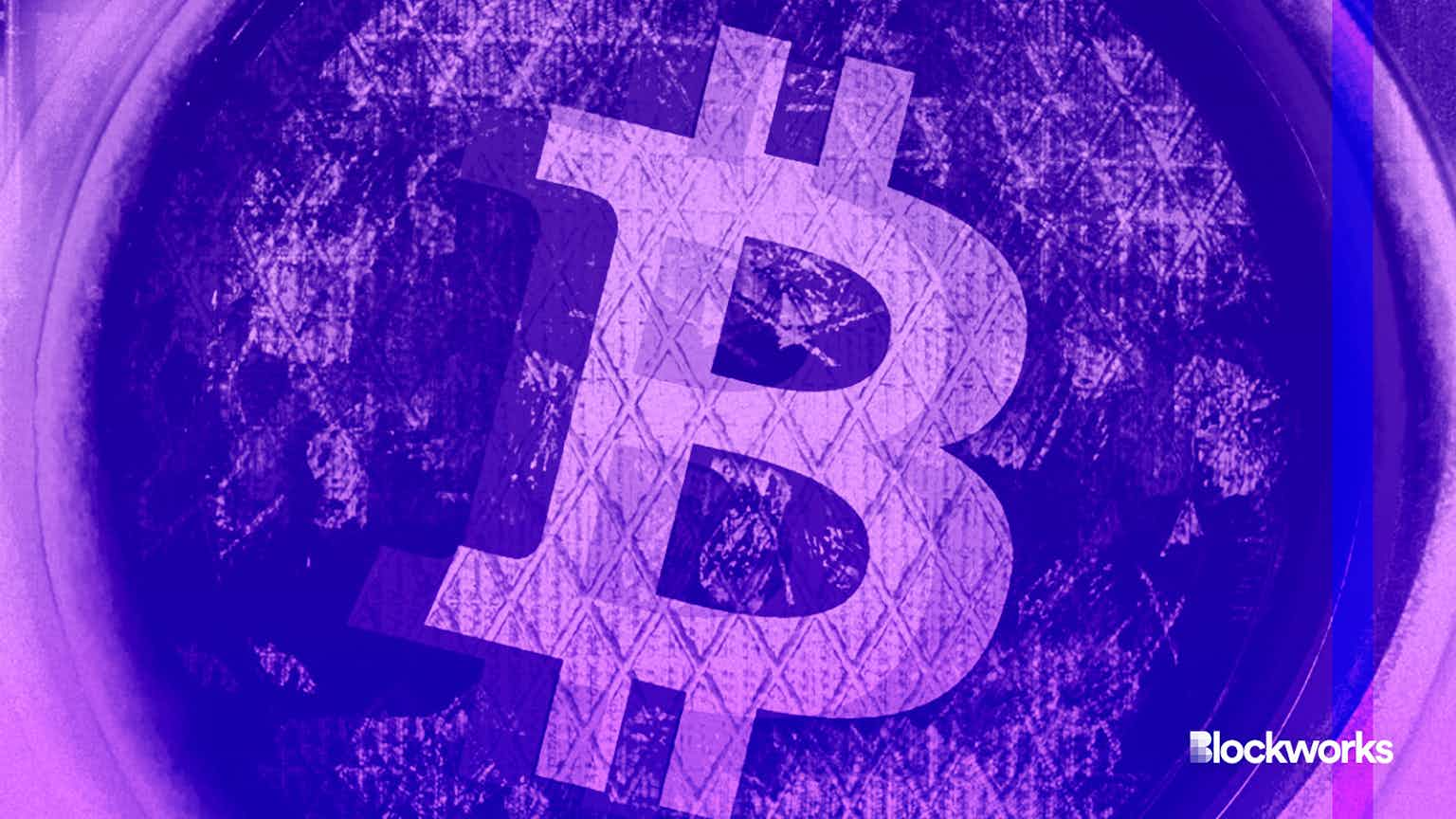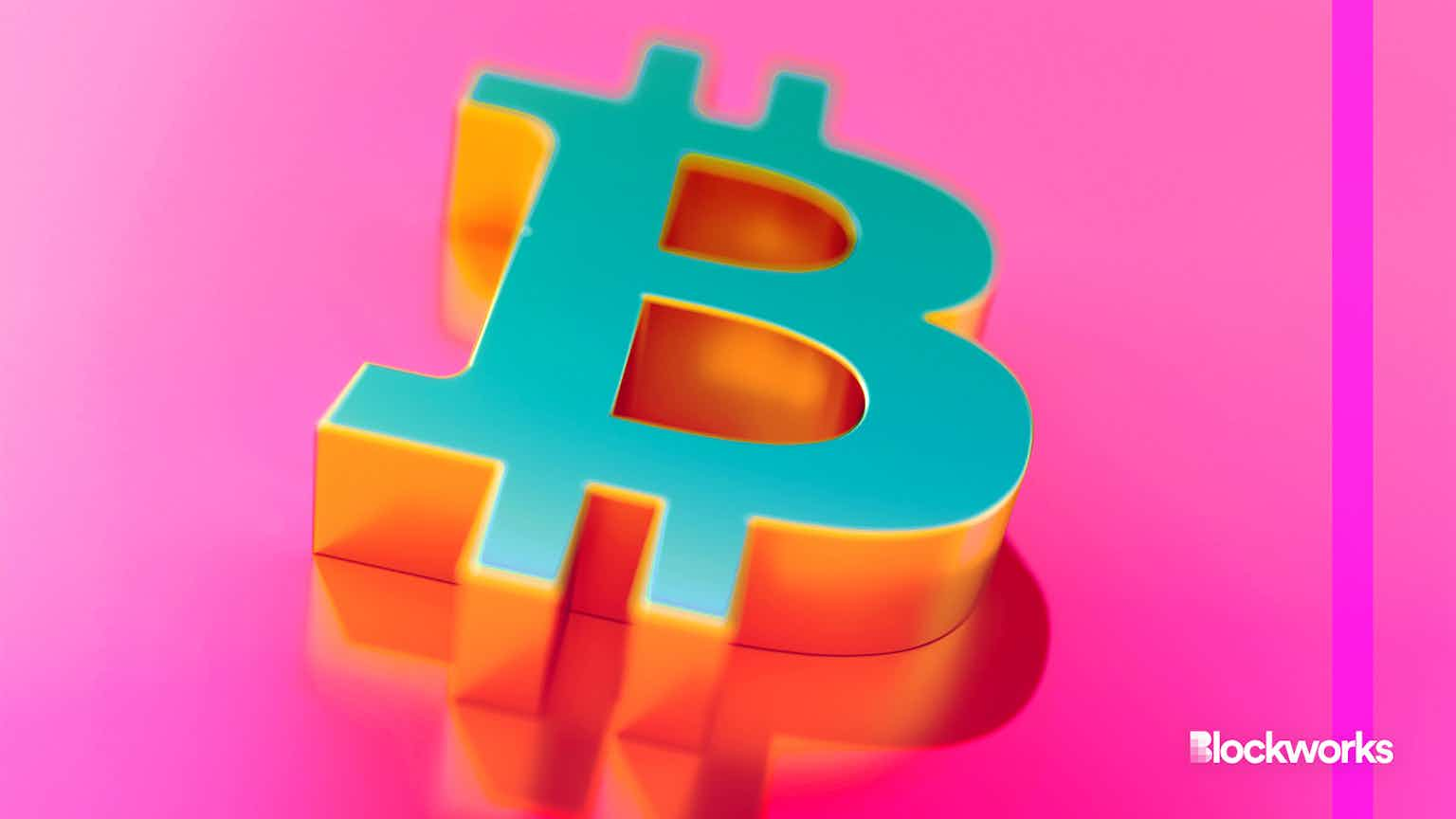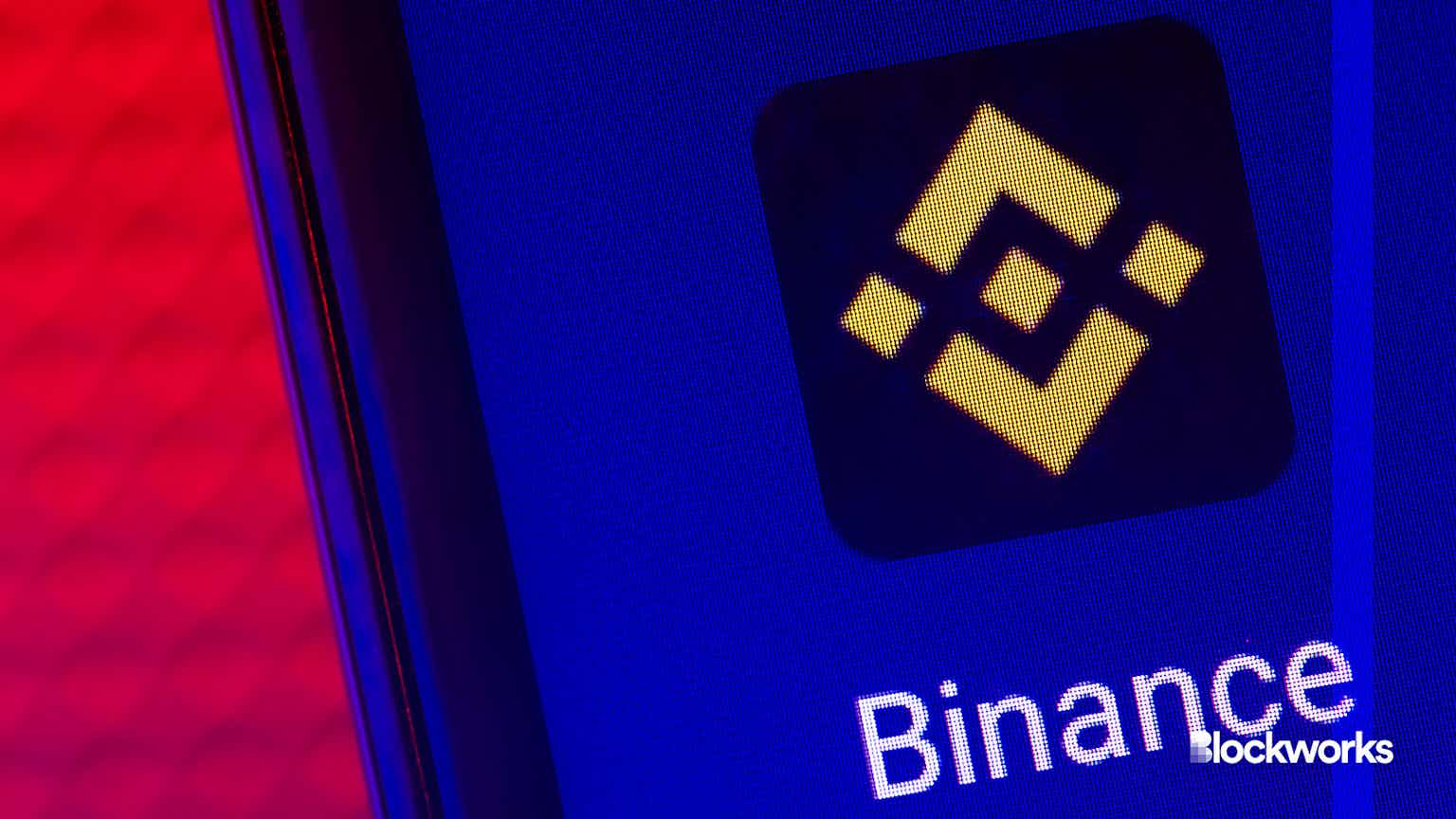The Future of CBDC and Stablecoin Coexistence
The coexistence of CBDCs and stablecoins look increasingly likely as central bankers indicate a preference toward a wholesale CBDC.

Blockworks exclusive art by axel rangel
key takeaways
- According to Wolfgang Bardorf, group treasurer at Checkout.com, when it comes to the nature of CBDCs, central banks most likely “don’t want to deal with the retail universe”
- Depending on the direction of regulation, stablecoin issuers may fill the retail gap
The competing motivations behind CBDCs and stablecoins make deciphering the future of digital currency incredibly complex.
Whether rooted in a desire to surveil citizens, provide financial inclusion or create interbank efficiency, we have yet to see the ‘killer app’ of a CBDC (central bank digital currency).
In a recent webinar asking if stablecoins can transform banking, experts from Checkout.com, Fireblocks and Gemini discussed how incoming stablecoin regulation may impact the trajectory of their government-issued peers — CBCDs.
Stablecoins vs. CBDCs review
First, it is important to highlight the main differences between stablecoins and CBDCs. Traditional stablecoins such as USD Coin and Tether are digital tokens that offer price stability through a 1:1 backing to fiat currency. They manage this backing through various reserve holdings of real-world assets. CBDCs on the other hand, are issued directly by governing authorities and do not have reserve requirements.
Stablecoin regulation recap
In June, Sens. Cynthia Lummis, R-Wyo., and Kirsten Gillibrand, D-NY, introduced a bipartisan bill that proposes a comprehensive framework for the regulation of digital assets (including stablecoins) in the United States.
In the same month, the European Central Bank (ECB) produced its report on stablecoins, citing an urgent need to regulate based on their increasing threat to financial stability. The Bank for International Settlements (BIS) issued its final guidance on stablecoins earlier this month, calling for stablecoins to follow the same settlement rules as traditional finance.
CBDCs update
Meanwhile, a recent BIS survey shows that 90% of central banks are seriously exploring CBDCs. Half have moved beyond the initial research stage, with 65% of central banks expecting to issue a retail CBDC in the foreseeable future.
The difference between retail and wholesale CBDCs
CBDC types can vary, but bankers group them into a wholesale or retail category. The main difference is the intended adopters. Wholesale CBDCs are only provided to financial institutions with central bank reserves — and retail CBDCs are offered directly to consumers and businesses. Both are government-backed digital currencies designed to eliminate risk and deliver efficiency.
This choice between the two is critical to how a CBDC affects a stablecoin operation and purpose.
Competing central bank motives
In the Checkout.com-sponsored webinar, Adam Levine, vice president of corporate strategy at crypto infrastructure company Fireblocks, suggested that the extent of this impact depends upon the outcome a government is looking to achieve.
Levine believes some countries may want greater financial inclusion or a cashless society, while others may be looking to leverage CBDCs to further authoritarian objectives.
Levine leans toward a wholesale vision for CBDCs rather than a retail one.
“I think that many of the leading economies over time are going to have a wholesale solution because of all of the benefits of a digitized currency as compared to traditional tech,” he said.
Stefan Sabo, head of research at crypto platform Gemini, suggested that the development of CBDCs has introduced a complex set of challenges, particularly from the legal system’s perspective. In terms of the US and Europe, he believes it will be a long path toward implementation.
Sabo sees a pretty different implementation and outcome in the case of China. China has already deployed its e-CNY digital currency on a limited basis. The currency is a type of retail CBDC, and given the authoritarian nature of the government in China, it raises concerns surrounding privacy and surveillance. The Lummis-Gillibrand Responsible Financial Innovation Bill calls for implementing security measures relative to the use of the digital yuan.
When considering CBDC deployment from a privacy perspective, Sabo doesn’t think that most central banks would be interested in managing retail client accounts in terms of compliance — know-your-customer and anti-money laundering provisions. “Those things are serious, massive operations at commercial banks — that seems like quite a challenge”, he stated. In most cases, central banks are exploring a model where they issue CBDCs, and traditional institutions manage distribution.
Bank vs. non-bank stablecoin issuance
Wolfgang Bardorf, group treasurer at Checkout.com, brought up a critical question that has yet to be answered: “Are CBDCs going to be another digital representation of a centrally backed currency — much like USDC, or will it be a parallel central bank backed currency?”
He goes on to explain that the answer to that question will determine how central banks use USDC in relation to the banking sector. He states that ultimately, that relationship is about injecting and removing liquidity from the system.
But when it comes to managing money supply generally, Bardorf believes “central banks wouldn’t want to deal with the whole retail universe.” He thinks that they would want to rely on bigger players. The question is whether this would have to be banks or not — something that, in his view, is too early to gauge.
Jeremy Allaire, the founder of Circle — the company behind the USDC stablecoin — has long maintained that private sector products such as stablecoin USDC can fulfill the role of a CBDC but both could co-exist if necessary.
Circle just published its suggested policy principles relative to stablecoins and digital assets. In it, the company calls to enshrine privacy as a design principle in the issuance and circulation of digital dollar currencies.
Furthermore, it calls for preserving bank and non-bank dollar digital currency issuance as a mechanism to promote competition and level the playing field. The document also points out that CBDCs and stablecoins provide different functionality, and on that basis, they can co-exist.
Some US regulators want banks to have exclusive rights to dollar digital currency issuance. However, Democrats on the House Financial Services Committee have been working on a bill to accommodate options for both banks and non-banks.
In a recent interview, Cynthia Lummis seemed to be coming down in favor of a wholesale CBDC. She expressed that a CBDC should be kept within the central bank and that she wouldn’t want to see a CBDC cut out financial institutions or be a means of citizen surveillance.
Due to the landscape, some think a wholesale CBDC or no CBDC issuance are the most likely outcomes in the US. That would be more in keeping with the innovation-first ethos the US has established with new technology and, in this case, with stablecoins. Not all governments and regulatory approaches are equal in sharing that ethos. So we are likely to see a variety of implementations worldwide when it comes to CBDC design and the overall regulation of these digital assets.
You can watch the full recording of the Checkout.com-sponsored webinar for more insights into stablecoin regulation and its impacts on the banking sector.
This content is sponsored by Checkout.com.
Start your day with top crypto insights from David Canellis and Katherine Ross. Subscribe to the Empire newsletter.





